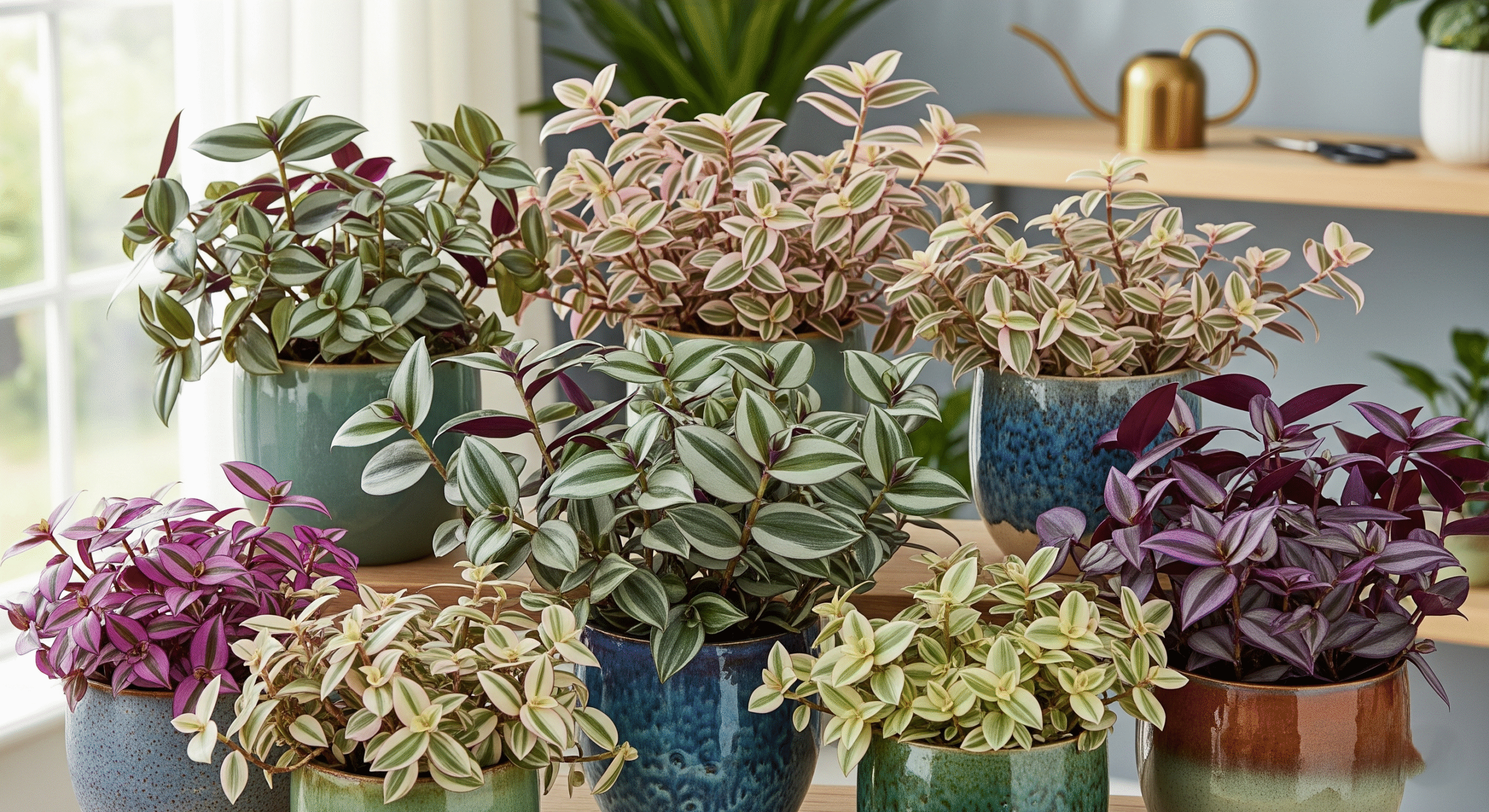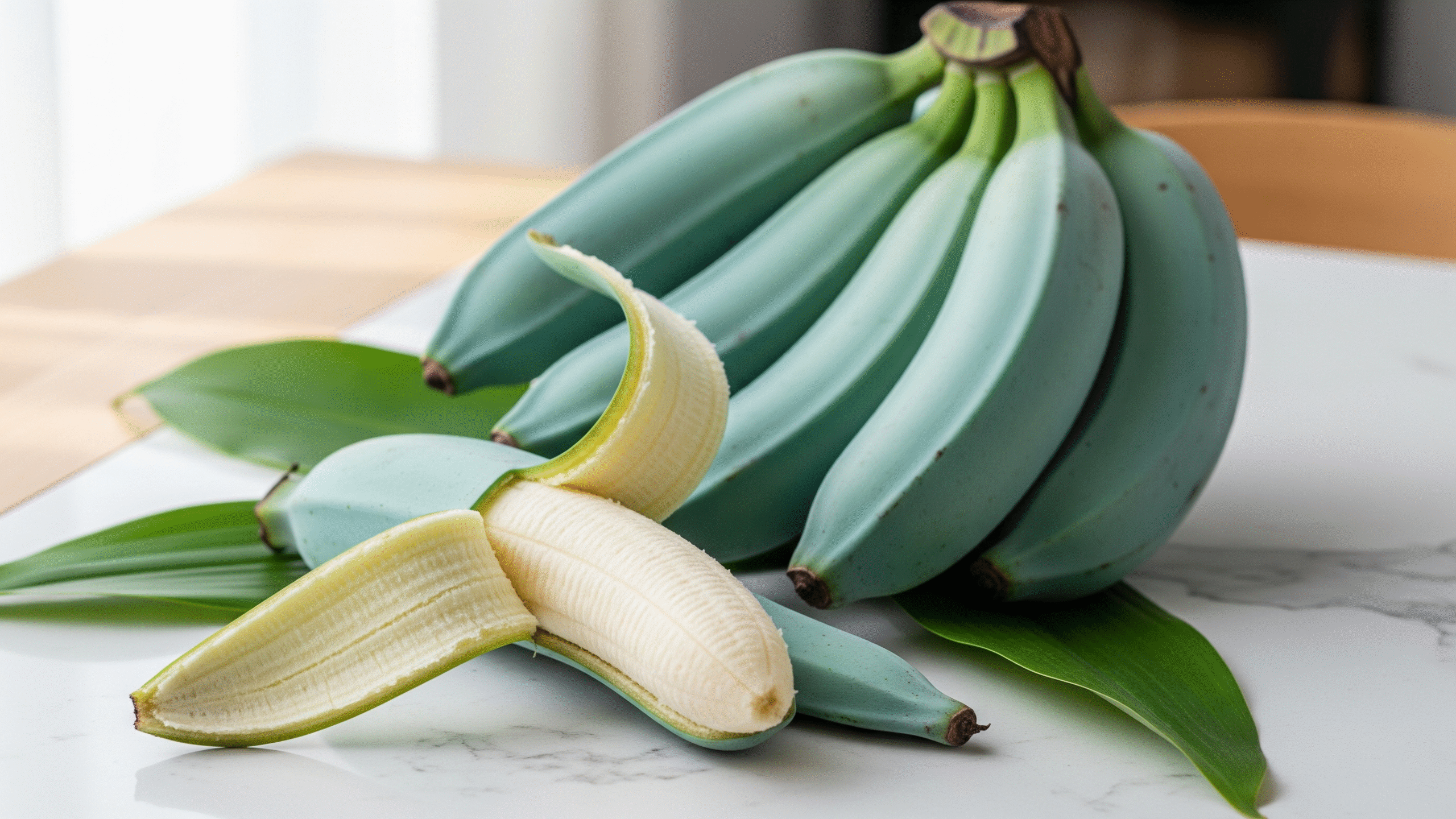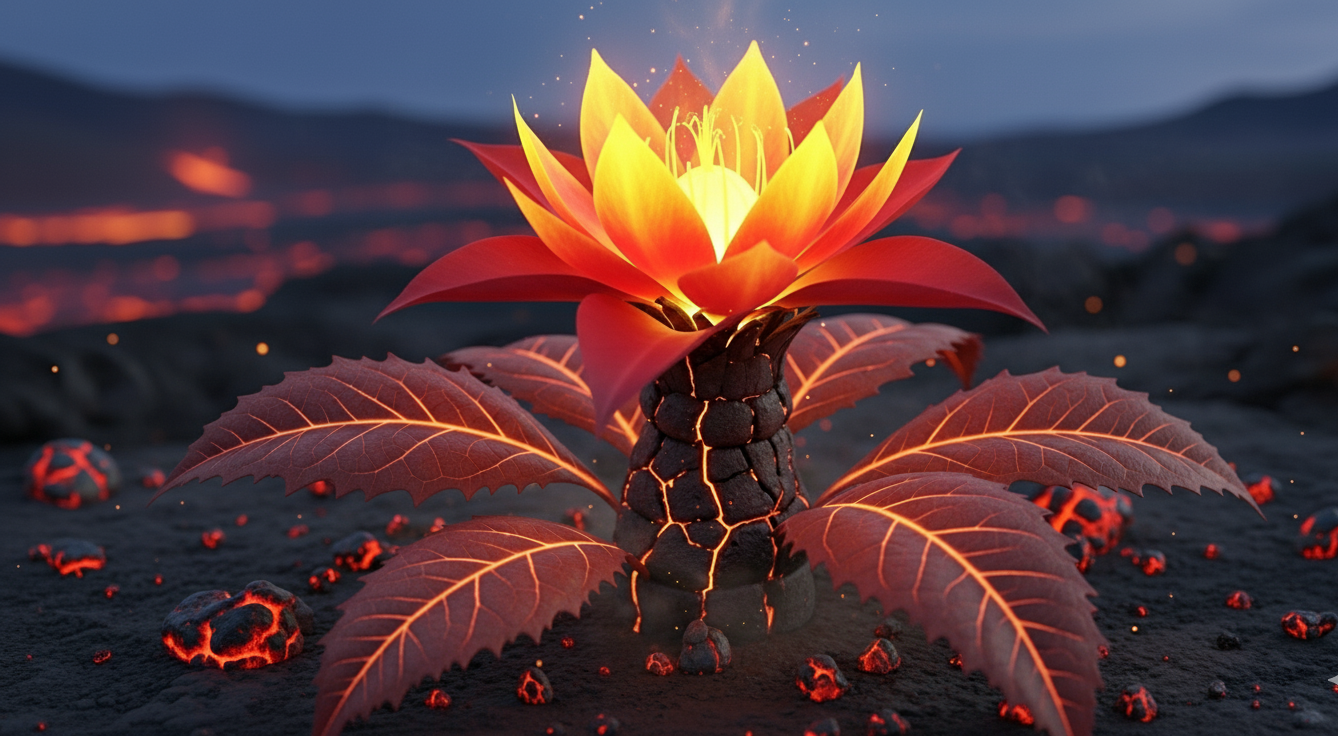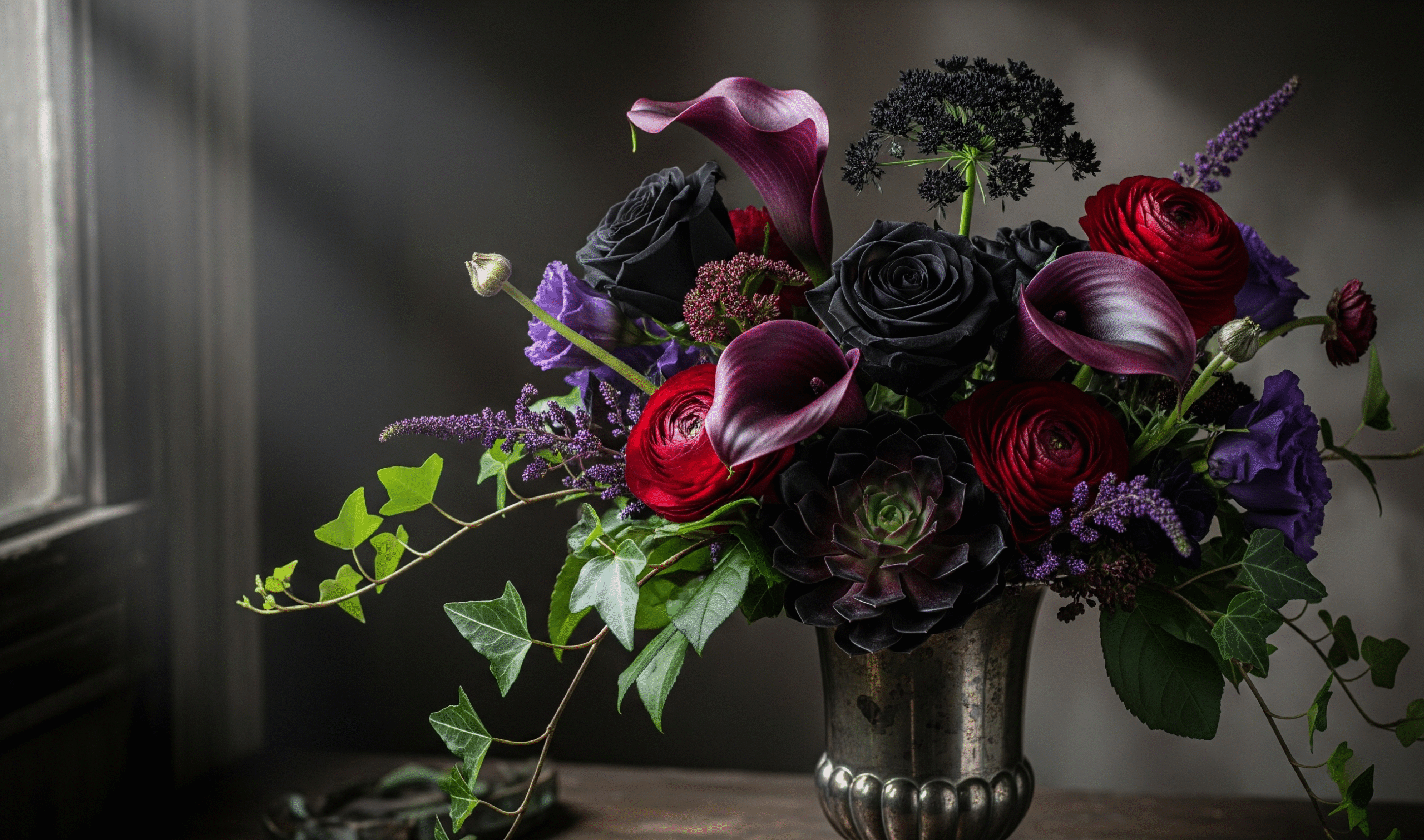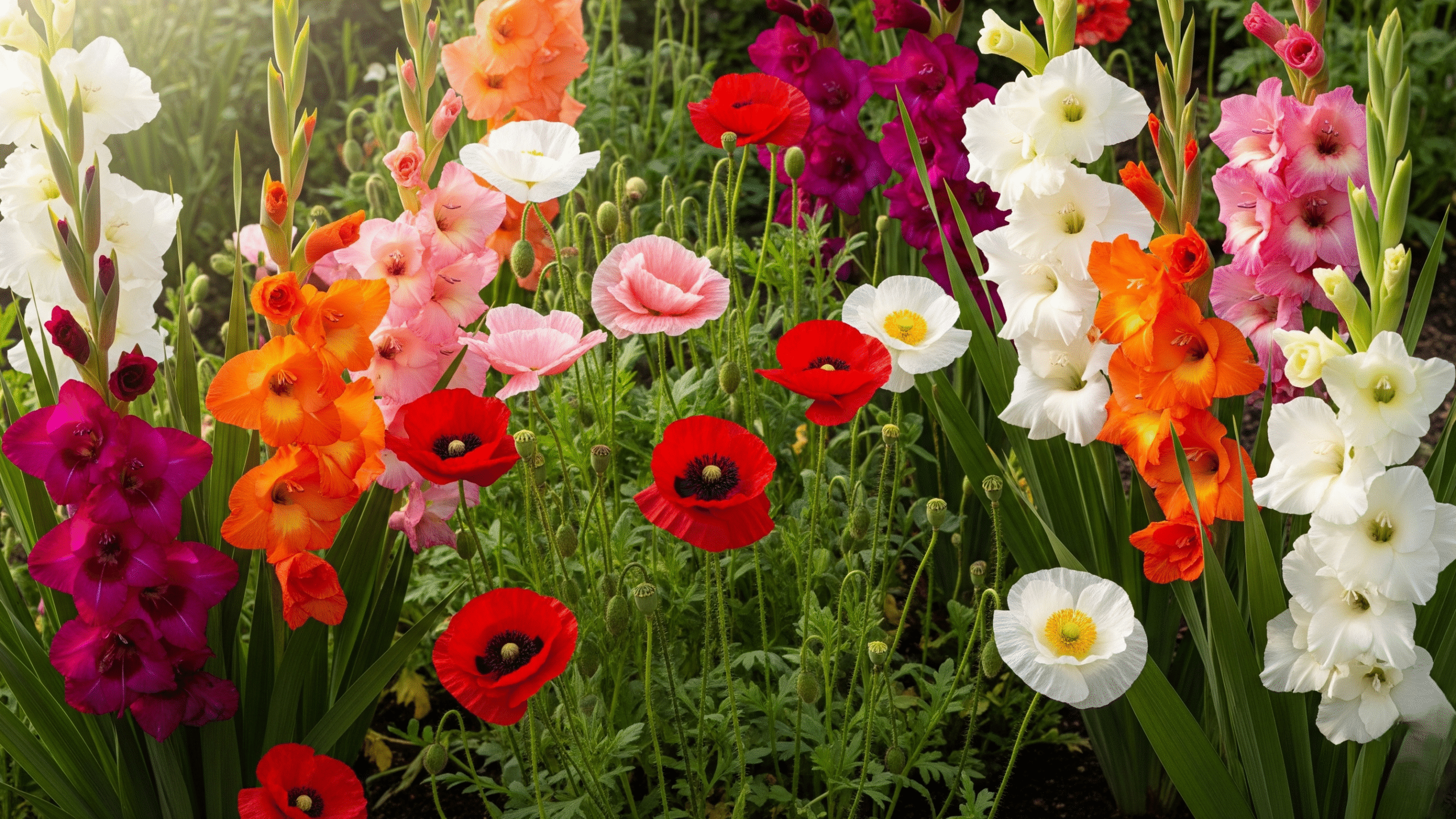If you’ve ever been captivated by a cascade of vibrant, purple-and-green leaves in a friend’s home, you’ve likely met a Wandering Jew plant. But what many beginners don’t realize is that “Wandering Jew” isn’t just one plant—it’s a common name for a collection of stunning Tradescantia and Zebrina species, each with unique colors and patterns.
This ultimate guide will serve as your complete handbook. We’ll explore the most sought-after Wandering Jew varieties, demystify their light requirements, and provide simple care instructions to keep your plant thriving. Whether you’re here to identify a specific type like the Quicksilver Wandering Jew or to learn how to propagate Wandering Jew plants effortlessly, you’re in the right place.
What Are the Different Types of Wandering Jew Plants?
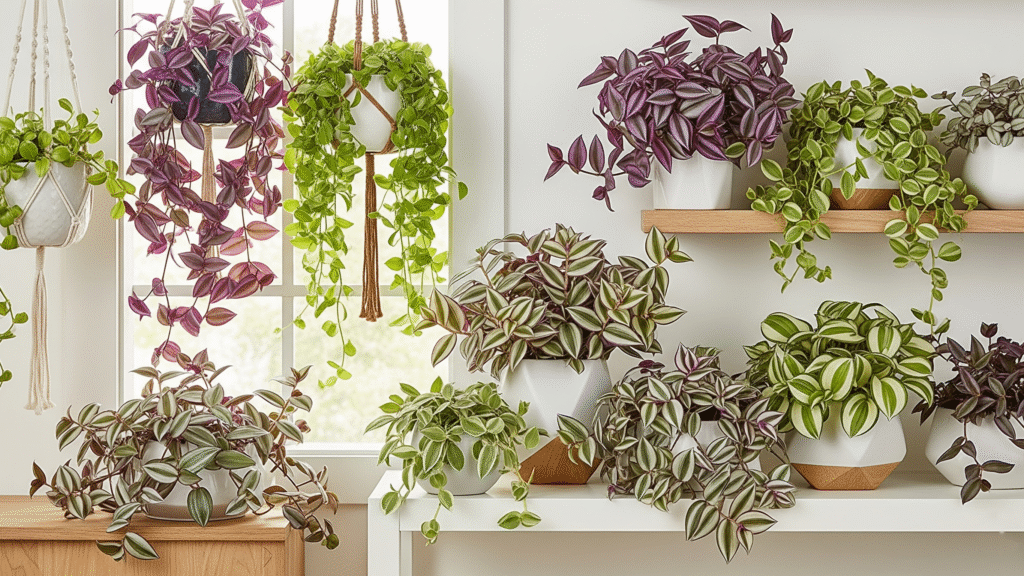
The genus Tradescantia is incredibly diverse. Understanding the different types of Wandering Jew plants is the first step to becoming a true collector. Here are the most popular varieties you can find.
1. Tradescantia zebrina (The Classic Inch Plant)
- Identification: This is the most iconic variety. Its leaves are a deep purple-green with two striking, silvery-white stripes running along the length and a vibrant purple underside.
- Why We Love It: It’s an incredibly fast and resilient grower, making it perfect for beginners. It trails beautifully from hanging baskets.
2. Tradescantia fluminensis ‘Quicksilver’
- Identification: The Quicksilver Wandering Jew is a stunning cultivar known for its elegant, highly variegated foliage. The leaves display a mesmerizing mix of creamy white, silvery-gray, and subtle green stripes.
- Why We Love It: Its unique, almost metallic appearance adds a touch of sophistication to any plant collection. It’s a fantastic conversation starter.
3. Tradescantia pallida ‘Purple Heart’
- Identification: Boasting long, pointed, and solid deep-purple leaves, ‘Purple Heart’ is a dramatic choice. It produces tiny, contrasting pink flowers.
- Why We Love It: Its intense color and upright-then-trailing habit provide excellent contrast in mixed container gardens, both indoors and on patios.
4. Tradescantia nanouk (Fantasy Venice)
- Identification: A patented cultivar with thick, sturdy stems and leaves featuring bold stripes of green, cream, and pastel pink.
- Why We Love It: It has a more compact, bushy growth habit compared to other trailing types, making it ideal for pots on shelves and desks.
5. Tradescantia spathacea (Moses-in-the-Cradle)
- Identification: This variety grows in a rosette form with sword-shaped leaves that are green on top and a rich purple underneath.
- Why We Love It: It offers a completely different growth habit from the trailing varieties, perfect for those looking for architectural interest.
| Variety | Key Feature | Growth Habit | Best For |
|---|---|---|---|
| Tradescantia zebrina | Silver stripes, purple underside | Vigorous Trailer | Hanging Baskets |
| T. fluminensis ‘Quicksilver’ | High silver variegation | Moderate Trailer | Bright Shelves |
| T. pallida ‘Purple Heart’ | Solid purple foliage | Upright/Trailing | Containers & Gardens |
| Tradescantia nanouk | Pink & green stripes | Bushy/Upright | Tabletops |
| T. spathacea | Rosette form, purple underside | Clumping | Architectural Interest |
Wandering Jew Light Requirements: The Key to Vibrant Color
Getting the Wandering Jew light requirements right is the single most important factor for success. These plants are famous for their color, but without proper light, they will become faded and leggy.
- Ideal Light: Bright, indirect light is absolutely essential. An east or west-facing window is the perfect location. This provides enough energy to maintain stunning variegation and promote dense, healthy growth without the risk of sunburn.
- Can They Tolerate Direct Sun? Yes, but with caution. Morning direct sun is beneficial and can enhance purple pigmentation in varieties like ‘Purple Heart’. However, harsh afternoon sun can scorch the leaves, causing brown, crispy tips.
- Signs of Insufficient Light:
- Loss of Variegation: Leaves revert to solid green.
- Leggy Growth: Long stretches of stem between leaves as the plant “reaches” for light.
- Slowed Growth: The plant’s rapid growth habit grinds to a halt.
If your plant shows these signs, don’t hesitate to move it to a brighter location. It will thank you with a burst of new, colorful growth.
Complete Wandering Jew Plant Care Guide
Beyond light, here’s how to keep all types of Wandering Jew plants happy and healthy.
Watering: The Balancing Act
Keep the soil consistently moist but never waterlogged. The top inch of soil should dry out between waterings. These plants are somewhat drought-tolerant and will wilt dramatically when thirsty, but they recover quickly after a good drink. Overwatering is a greater danger, as it can lead to root rot.
Soil & Potting
A standard, well-draining potting mix is perfect. For extra drainage—highly recommended—mix in perlite or orchid bark. Ensure your pot has drainage holes to prevent water from pooling at the bottom.
Temperature, Humidity, and Fertilizing
- Temperature: Average household temperatures (65°F – 80°F) are ideal. Protect them from cold drafts and temperatures below 50°F.
- Humidity: While they adapt to average home humidity, they thrive with higher moisture in the air. Group plants together, use a pebble tray, or occasionally mist to increase humidity.
- Fertilizer: Feed monthly during the growing season (spring and summer) with a balanced, water-soluble fertilizer diluted to half strength. No feeding is necessary in the fall and winter.
How to Propagate Wandering Jew in 3 Simple Steps
One of the joys of owning these plants is how incredibly easy it is to propagate Wandering Jew plants. You can turn one plant into dozens!
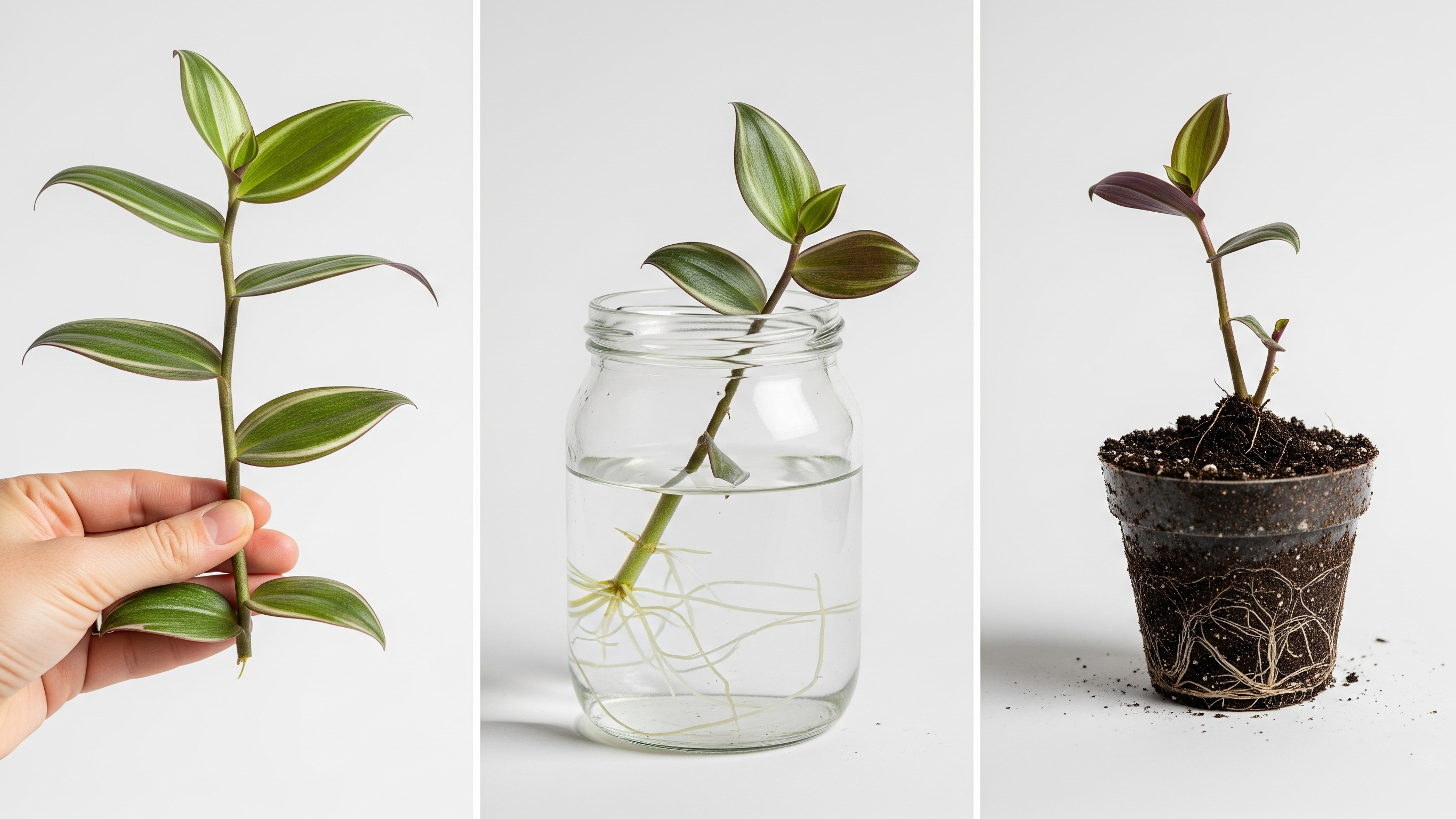
- Take Cuttings: Using clean, sharp scissors, snip a healthy stem tip that includes at least 3-4 leaf nodes (the bumps where leaves grow).
- Root Your Cuttings:
- Water Propagation (Recommended): Place the cuttings in a glass of water, ensuring the bottom nodes are submerged. Leave it in a bright spot and change the water every few days. Roots will appear in 1-2 weeks.
- Soil Propagation: You can also plant the cuttings directly into moist soil. Keep the soil consistently damp for the first week or two until roots establish.
- Plant: Once roots in water are about an inch long, transfer the cutting to a pot with fresh, well-draining soil.
Read More: What Is a Fire Flower Plant? 10 Real Flowers
Final Thoughts: Your Journey with Wandering Dude
With their breathtaking Wandering Jew varieties and remarkably easy care, Tradescantia plants are a rewarding addition to any home. By providing the right Wandering Jew light requirements and following the basic care tips outlined above, you’ll be able to enjoy a lush, colorful, and rapidly growing plant collection.
Remember, the best way to learn is by doing. Don’t be afraid to prune, propagate, and experiment. Happy planting







